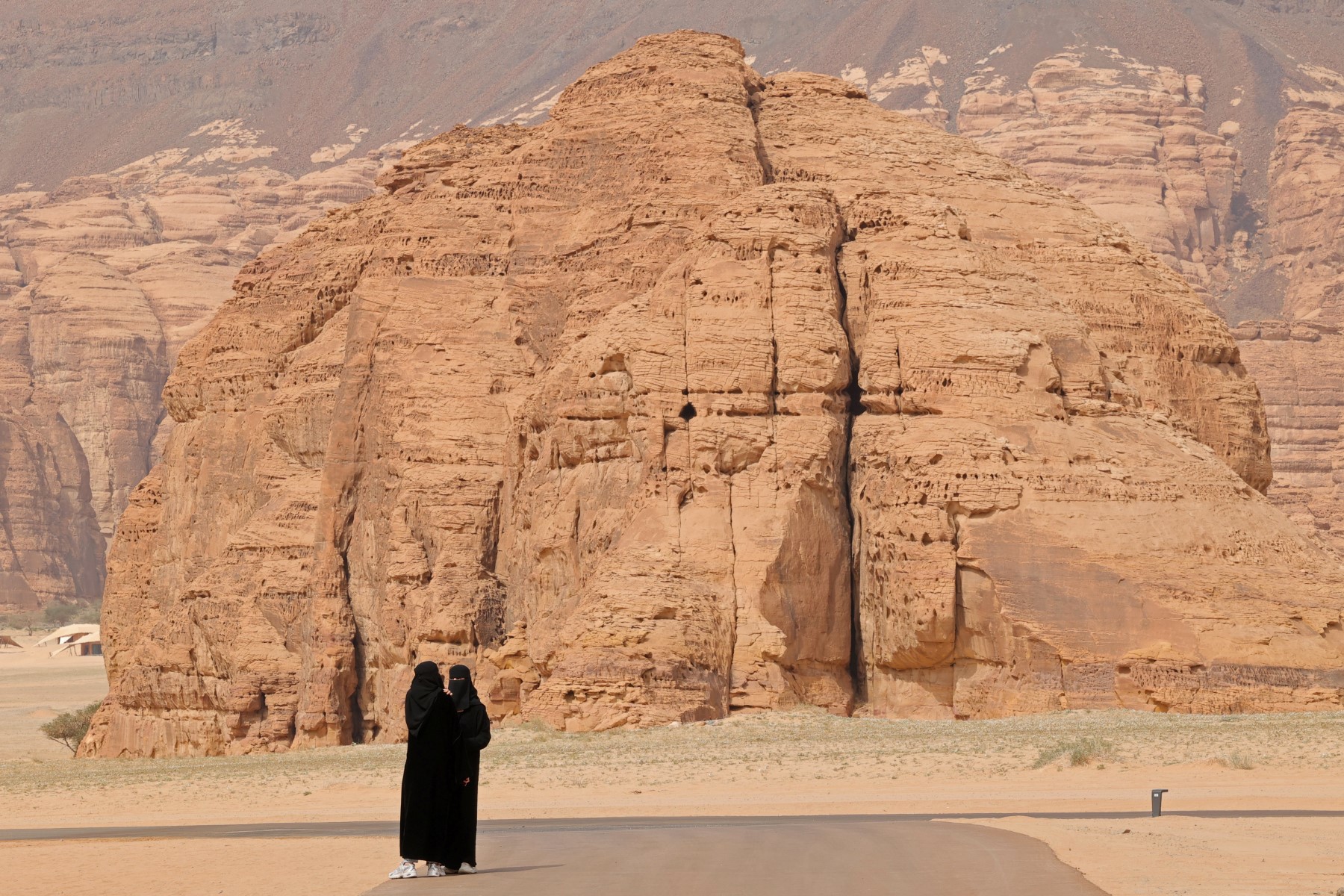Riyadh, Saudi Arabia–The Heritage Commission and the German Max Planck Institute (MPI) of Geoanthropology in the Green Arabia Project revealed one of the most significant sites of the prehistoric period near Jabal Irf in Hail region.
The scientific team that participated in the project—including researchers and specialists from the Kingdom, Australia, Britain, Italy, and the United States in various specializations of the prehistoric period—now is studying numerous archaeological materials from different sites dating back to the Neolithic period.
Jabal Irf is located in a lake basin within the Jubbah Oasis, north of the city of Hail and south of the Nafud Desert.
The site was found to date back to the Neolithic, through archaeological evidence, the results of laboratory and comparative analyses that showed a little bit about the role of this period and its cultural connotations.
The site is also a unique natural landscape from the Neolithic, containing evidence of stone manufacturing where there was a rock shelter and an open site containing traces of settlement and seasonal human activity dating from the middle and late Holocene era.
The results of laboratory analyses of radiocarbon (C14) indicate that the peak of human settlement at the site was during the sixth and early fifth millennium BC.
Excavation work revealed that humans in this place used stone pestles and mills in daily activities even after they were broken due to frequent use.
A group of them was found inside many fire stoves, covered with small stones and fragments of the broken pestles, which were proven to be used in preparing plants and grinding bones, based on the results of analyzes using microscopic examination of a group of these grinders, to determine the methods of use and dietary habits of humans in that period.
The results of the study of stone mills also showed the dietary habits and economic life of humans in that period, and their uses in preparing plant and animal food, which gave certain indications of the beginnings of economic transformation, from hunting to food production according to the available resources.
Man used these simple stone mills to prepare plants as food and extract marrow from animal bones, which was an important food source in the Neolithic environment, where there were different types of wild animals living in the Arabian Peninsula that humans consumed for food, including cows, deer, sheep, oryx, goats, and ostriches.
The grinding tools were used in the production of pigments for art, as they are a distinctive feature of the colored rock art that was common in the northern Arabian Peninsula in the Neolithic. It is possible that these pigments were also used as cosmetics.
The use of stone grinders formed an important part of the life of human societies in the Arabian Peninsula, and their use has not stopped. Ethno-archaeological studies have shown the presence of stone grinders in many villages in rural areas that depend on agriculture as a main food source.
These distinctive discoveries shed light on some unknown aspects of human activities in prehistoric periods, which preceded the discovery of writing and the emergence of history. They give an indication of human adaptation to this region, and ways of exploitation of available environmental resources.
They also reflect artistic aspects through the use of these tools to produce materials through which these ancient individuals and communities expressed their lifestyle and livelihood during the various prehistoric periods.
This discovery comes within the framework of the Heritage Commission’s efforts in the archaeological survey and excavation work that it conducts periodically, and continuing discoveries and scientific studies of national archaeological sites across all the Kingdom’s regions that are to be introduced and benefitted from as an important cultural and economic resource within the national strategy for emerging culture from Saudi Vision 2030.








